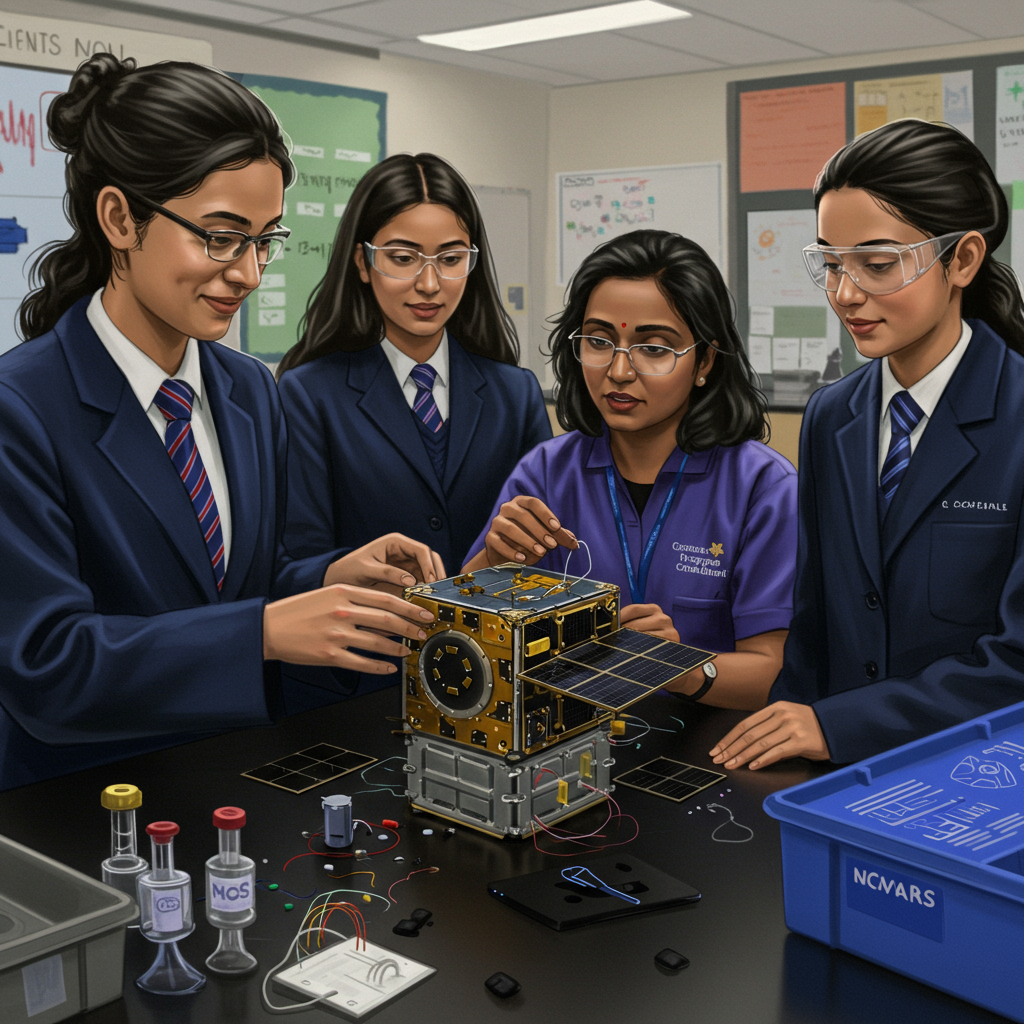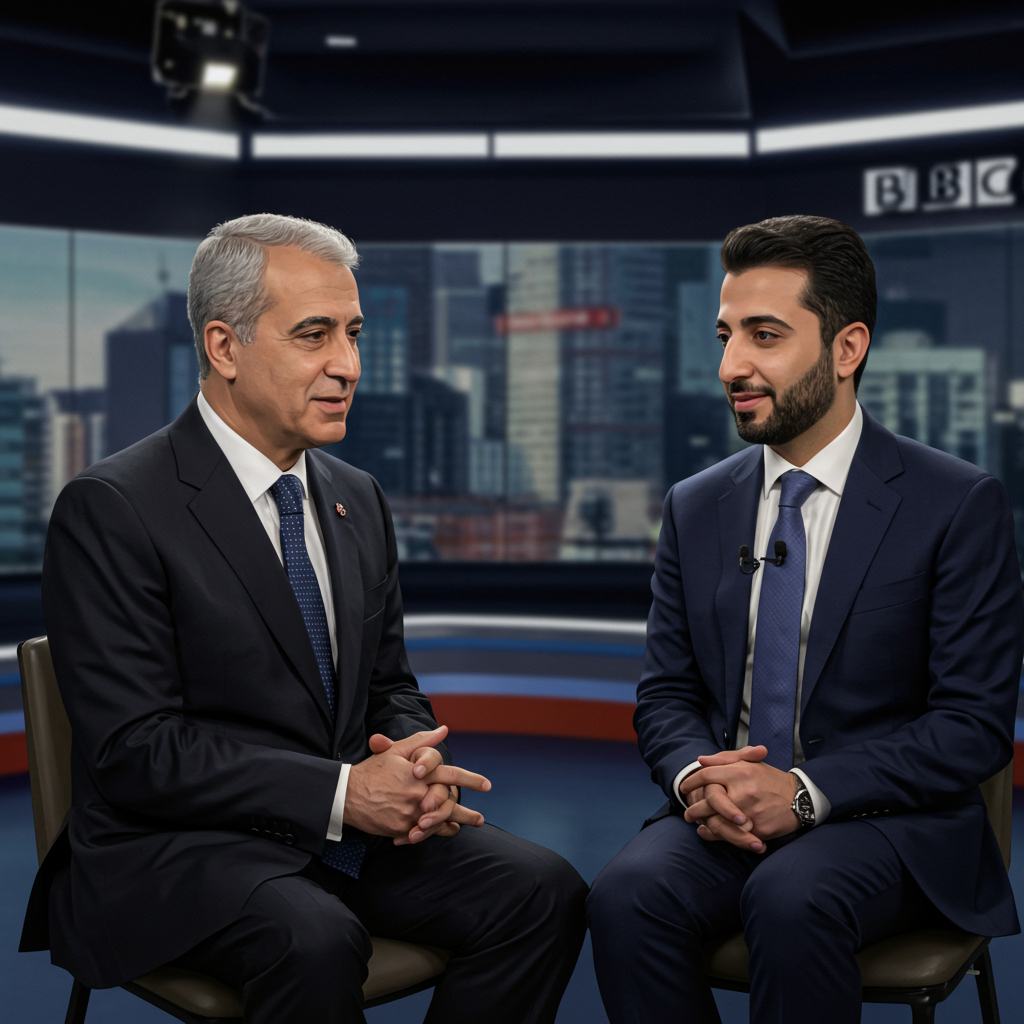What begins with a simple question can ignite an extraordinary journey. For students at Croydon High School for Girls, that question was profound: “Can we go to space?” Rather than dismissing youthful curiosity, physics teacher Arabi Karteepan embraced it, responding with an enthusiastic, “Yes, why not?” This seemingly simple exchange sparked a year-long, ambitious undertaking that would push the boundaries of their learning and bring the vastness of space within reach.
The Ambition Takes Shape: Designing a Student satellite
Inspired by their teacher’s encouragement, the students committed themselves to a remarkable project: the design and creation of their very own CubeSat. For a high school, this wasn’t just a science fair project; it was a deep dive into the intricate world of aerospace engineering, physics, and computer science. A CubeSat is a miniaturized satellite, typically built in units of 10x10x10 cm cubes. While small, these tiny satellites pack sophisticated technology, capable of performing real scientific missions once in orbit. The decision to build one set a challenging goal, demanding dedication, problem-solving skills, and teamwork over many months.
The year-long process involved countless hours of research, planning, and construction. Students had to grapple with fundamental questions of physics: How do you design a structure that can withstand the vibrations of a rocket launch? What materials are robust yet lightweight enough for space? How do you power a satellite using solar energy? The challenge extended to electronics and programming, requiring the team to build and test the internal systems that would collect and transmit data back to Earth. Every wire connected, every line of code written, every component selected brought them closer to transforming their abstract idea into a tangible piece of spacecraft hardware.
Building the CubeSat: From Classroom to Cosmos
Creating a CubeSat from scratch involves tackling complex engineering challenges. The students weren’t just assembling a kit; they were learning to integrate various subsystems crucial for any satellite: a power system (likely relying on solar panels), a communication system to send data home, a structural frame, thermal control, and, most importantly for their mission, a scientific payload. Their specific goal was to build a satellite equipped to record how sunlight comes through the Earth’s orbit. This type of observation can provide valuable data related to atmospheric properties, light scattering, or calibrating sensors for other space-based instruments. It required designing or selecting precise optical sensors and the necessary electronics to process and store the measurements.
Working on such a project fostered an unparalleled learning environment. Students moved beyond theoretical textbook knowledge, applying mathematical equations, physics principles, and engineering concepts in a practical, hands-on context. Debugging circuits, troubleshooting software glitches, and iterating on designs became standard practice. They learned to collaborate effectively, assign roles, manage deadlines, and overcome setbacks – skills invaluable far beyond STEM fields. The classroom transformed into a dynamic laboratory where complex problems were solved through persistence and ingenuity. This journey from initial concept to finished hardware was a testament to their hard work and the guidance they received.
Reaching for Orbit: The Culmination of a Dream
After a year of intensive work, their miniature satellite was complete and ready for its ultimate test. The moment the CubeSat was successfully launched into low Earth orbit marked a monumental achievement. Low Earth orbit (LEO) is typically defined as orbits below 2,000 kilometers (1,200 miles) in altitude. It’s where the International Space Station resides and where many satellites, including CubeSats, operate for observation, communication, and research purposes. Achieving orbit requires overcoming immense gravitational pull and reaching incredibly high speeds – a feat made possible for their small satellite by being integrated as a secondary payload on a larger launch vehicle.
Seeing their creation venture into the unforgiving environment of space was the powerful culmination of their efforts. While the students themselves didn’t physically leave Earth, their project did. It carried their designs, their code, and their aspirations beyond the atmosphere. This achievement vividly demonstrated that the dream of “going to space” isn’t solely for professional astronauts or large space agencies; it can be a tangible goal pursued and realized through dedicated study and practical application, even from a high school classroom in Croydon. The satellite’s presence in orbit serves as a constant, orbiting reminder of what young minds can achieve when given the opportunity and encouragement to explore ambitious ideas.
Inspiring the Next Generation of STEM Innovators
The Croydon High School for Girls CubeSat project is far more than just a technical success; it’s a powerful inspiration for STEM education globally. Such projects provide students with authentic, challenging experiences that mirror real-world scientific and engineering work. They move beyond rote learning, fostering critical thinking, creativity, and a deep understanding of complex systems. Building a satellite, even a small one, demystifies space technology and makes careers in science, technology, engineering, and mathematics feel accessible and exciting.
This initiative highlights the vital role that passionate teachers like Arabi Karteepan play in sparking student interest. By saying “yes, why not?” and supporting such an ambitious undertaking, they empower students to tackle challenges they might otherwise deem impossible. These types of hands-on, long-term projects build confidence, resilience, and a genuine passion for discovery. The satellite, now orbiting the Earth, is not just collecting data on sunlight; it is also beaming down a powerful message: that with curiosity, hard work, and supportive mentorship, young people can contribute meaningfully to scientific endeavors and quite literally launch their dreams. Located in Croydon, part of Greater London, this project underscores that significant contributions to science and technology can originate anywhere, fueled by dedication and educational opportunity.
Frequently Asked Questions
What is a CubeSat and why are schools building them?
A CubeSat is a type of miniaturized satellite built in standard cubic units, often 10cm per side. They are relatively low-cost compared to traditional satellites, making them accessible for universities, research institutions, and even high schools. Building and launching CubeSats provides students with invaluable hands-on experience in designing, engineering, building, and testing real spacecraft systems, offering a practical application of STEM principles.
What kind of data does the Croydon High satellite collect about sunlight?
The Croydon High School for Girls CubeSat was designed specifically to “record how sunlight comes through the Earth’s orbit.” This indicates it carries sensors capable of measuring aspects of solar radiation as it passes through different parts of Earth’s orbital path. The data collected could potentially be used for educational purposes, studying variations in solar intensity, how the atmosphere affects sunlight, or contributing to broader climate or space weather research efforts on a basic level.
How does a project like this benefit students interested in STEM?
Undertaking a complex project like building and launching a satellite provides students with practical skills in physics, engineering, electronics, programming, and project management. It fosters critical thinking, problem-solving abilities, and teamwork. It also offers tangible proof that they can apply theoretical knowledge to real-world challenges, making STEM careers more appealing and building the confidence needed to pursue advanced studies in these fields.
The Future is Orbiting
The launch of the Croydon High School for Girls CubeSat into low Earth orbit represents a significant milestone. It is a powerful reminder of the potential inherent in passionate teaching and dedicated students. What began as a question about reaching space evolved into a year-long educational odyssey culminating in an operational satellite orbiting our planet. This project not only provided the students with unparalleled hands-on experience in complex scientific and engineering disciplines but also demonstrated that the path to space, once seemingly distant, is increasingly accessible through innovation and education. Their orbiting satellite is a beacon, inspiring other young people to look up, ask big questions, and pursue ambitious goals in science and beyond.



